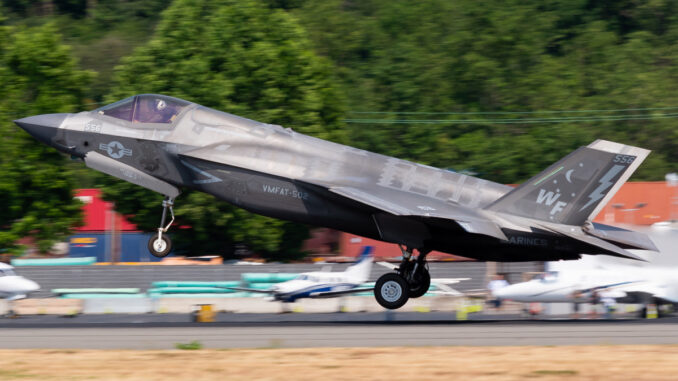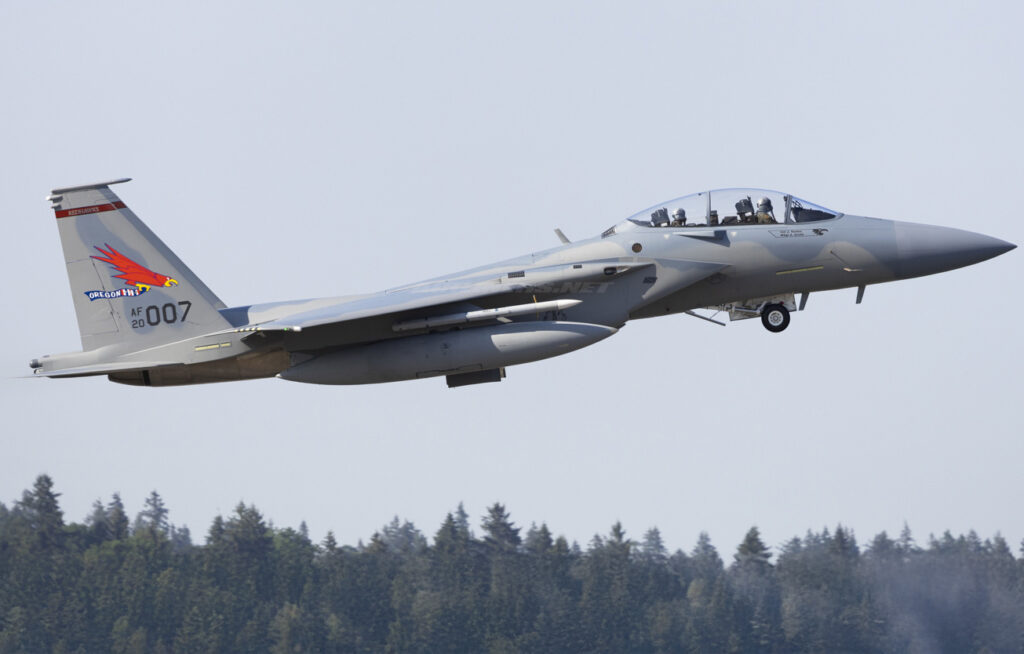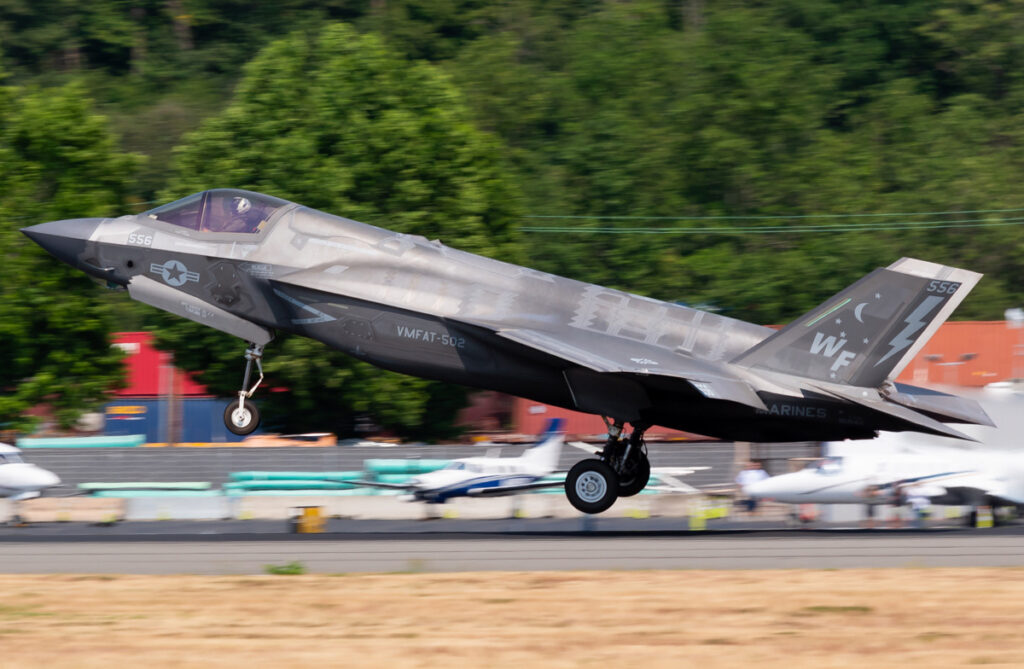
Technical analysis of future air conflicts where manned aircraft and drones work together to maximise effectiveness against opposing air forces.
In the near future, US combat aircraft will be accompanied by autonomous drones for complex air combat missions against enemy forces such as those of China. This concept is based on the use of Collaborative Combat Aircraft (CCA), drones capable of collaborating with pilots of aircraft such as the F-15EX and F-35. These drones, equipped with advanced weapons systems and sensors, will extend the range of missions while reducing the risks for pilots. The CCAs will be controlled remotely via tactile interfaces, capable of acting semi-autonomously, while sharing information in real time with the aircraft being flown to maximise mission effectiveness. The aim of this collaboration is to optimise air engagements while maintaining human control over the use of weapons.

The role of CCA drones in future air combat
Collaborative Combat Aircraft (CCA), or support drones, are set to play a central role in future air engagements between the United States and China. These drones will be tasked with carrying out reconnaissance, threat detection and air support missions, while minimising the exposure of human pilots. By acting as an extension of manned aircraft sensors, CCAs will increase the range and accuracy of information available to aircraft such as the F-35 or F-15EX. Using advanced sensors such as Infrared Search and Track (IRST) systems, these drones will be able to identify enemy aircraft, including Chinese J-20 stealth fighters, without using radar, thus avoiding detection.
The CCA concept also relies on their ability to operate from remote bases or improvised airstrips, making them less dependent on conventional infrastructure. This makes it possible to rapidly deploy these drones to distributed combat zones, enhancing the operational flexibility of US forces. For example, these drones could be launched from aircraft carriers or remote land bases, without the need for large runways, improving their deployment in hostile environments.
Coordination and control of drones by manned aircraft
One of the major challenges of future aerial combat involving autonomous drones is coordination between manned aircraft and their support drones. In the simulations presented by Collins Aerospace, the pilots of aircraft such as the F/A-18F Super Hornet or the F-35 control the drones via tactile interfaces installed in the cockpit. These interfaces make it possible to select several UAVs simultaneously and assign them to specific missions, such as aerial patrols or protection missions.
Using these interfaces, the pilots can activate the UAVs’ sensors and direct the CCAs towards target areas. This coordination enables a division of tasks in which the drones carry out active detection and surveillance, while the piloted aircraft operate in passive mode to avoid detection. This ability to share information between drones and manned aircraft is crucial, as it enables aircraft to engage targets on the basis of data collected by the drones, without exposing pilots to direct threats.
Collaboration between pilots and drones also reduces maintenance costs. Drones, which are often kept in storage until they are used, do not require the same regular maintenance as piloted aircraft. This makes it possible to increase the number of drones available at a lower cost, while ensuring a rapid response capability when needed.
UAV autonomy and critical combat decisions
Although CCA drones are capable of operating semi-autonomously, the rules of engagement require a human operator to validate any use of lethal weapons. This requirement ensures that the use of force remains under human control, in accordance with the laws of war. However, UAV autonomy systems continue to improve, and it is expected that some UAVs will be able to carry out complex missions with minimal supervision in the near future.
Current trials, conducted by companies such as General Atomics and Anduril, focus on tactile interfaces for controlling drones, but these systems have revealed certain limitations, not least the difficulty for pilots to simultaneously manage their own aircraft and the drones. Future developments could therefore focus on more intuitive systems, where drones are able to make certain decisions in real time, under human supervision. This includes tasks such as threat identification, target triangulation and mission navigation management.

Technological challenges and geopolitical implications
Cooperation between drones and manned aircraft raises questions about the limits of autonomy, the rules of engagement and the infrastructure needed to support such large-scale operations. With the goal of deploying up to 1,000 CCA drones in the coming years, according to General Kenneth Wilsbach, the US Air Force will have to overcome several obstacles, including drone maintenance, integration with existing weapons systems, and pilot training to effectively coordinate joint missions with these new autonomous partners.
From a geopolitical point of view, this move towards collaborative aerial combat underlines the growing importance of technological superiority in future conflicts. In particular, China, with its programmes to develop autonomous combat drones such as the GJ-11 Sharp Sword, continues to rival the United States in this race for military innovation. The control of airspace in the event of a conflict between these two powers could largely depend on the ability to deploy drones in large numbers while ensuring perfect coordination with manned forces.
War Wings Daily is an independant magazine.